Male Pattern Baldness
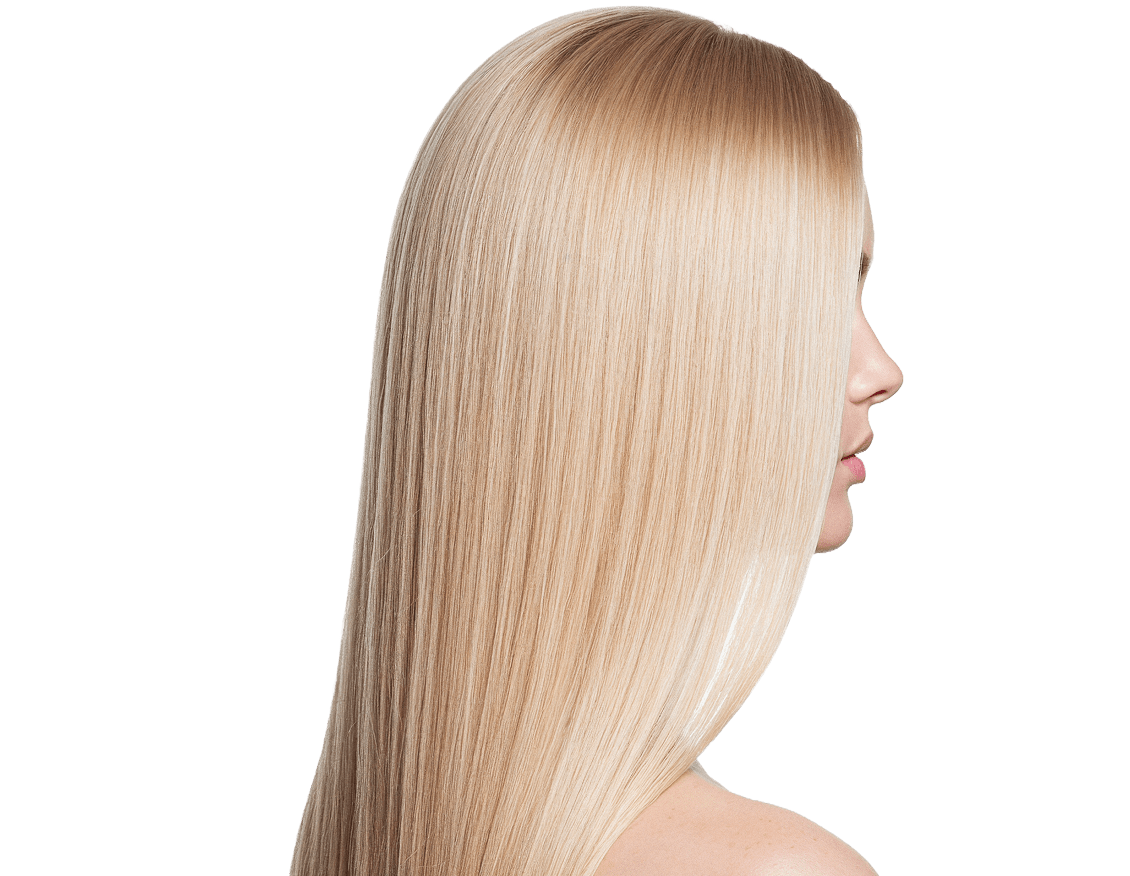
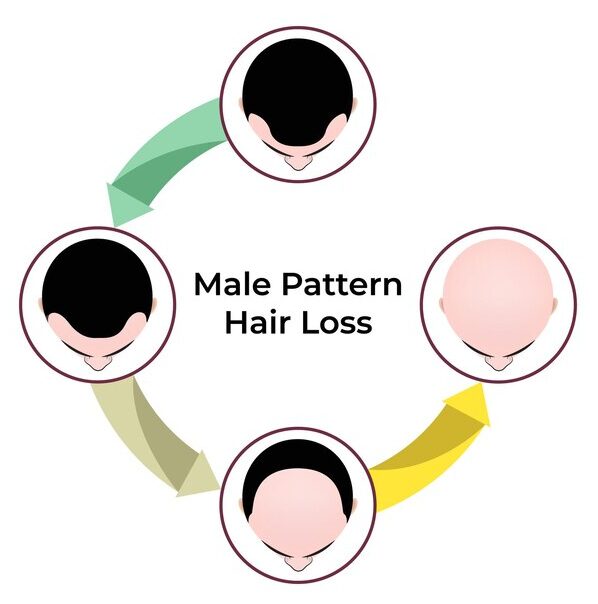
What is male pattern baldness?
Male pattern baldness is the most common type of hair loss in men and those assigned male at birth. It typically begins at the temples and crown, forming a recognizable “M-shaped” hairline. Unlike female pattern hair loss, which leads to general thinning, male pattern baldness primarily affects the front and top of the scalp, often preserving hair at the sides and back.
Hair loss can be distressing, whether driven by genetics, hormones, or medical conditions. At Dr Ditta Hair Transplants Clinics, we’re committed to helping you understand the root causes and discover suitable, effective treatments.
While hair loss affects all genders, the patterns, causes, and treatment strategies differ. Understanding these distinctions is key to finding a tailored and lasting solution.
Visit our Hair Loss page to learn more about the different types and causes of baldness.
What causes male pattern baldness?
Hair loss can result from various underlying factors. Identifying specific patterns helps pinpoint the cause and allows for timely, effective treatment. Common causes include:
- External Stress & Lifestyle Factors Stressful life events, trauma, or behavioral conditions like trichotillomania can disrupt the hair growth cycle, resulting in temporary or long-term thinning. Ongoing observation is recommended before pursuing treatment.
- Alopecia Areata An autoimmune condition where the immune system mistakenly attacks healthy hair follicles, causing sudden, round patches of hair loss on the scalp or beard. It may be associated with conditions like Type 1 diabetes, celiac disease, or rheumatoid arthritis.
- Stress & Lifestyle Factors Physical or emotional stress—such as trauma, illness, or psychological disorders like trichotillomania (hair-pulling disorder)—can lead to temporary or prolonged hair shedding. Monitoring hair changes over time is often advised before beginning treatment.
Hair loss in men can result from various conditions, each with unique causes and treatment pathways. Accurate diagnosis is key to effective management.
Chronic illnesses like diabetes and high blood pressure have been linked to hair thinning. For more details, refer to our resources on diabetes-related hair loss.
If hair loss occurs alongside other symptoms or begins after starting a new medication, it’s important to consult a healthcare professional. A proper medical evaluation can identify the cause and guide appropriate treatment
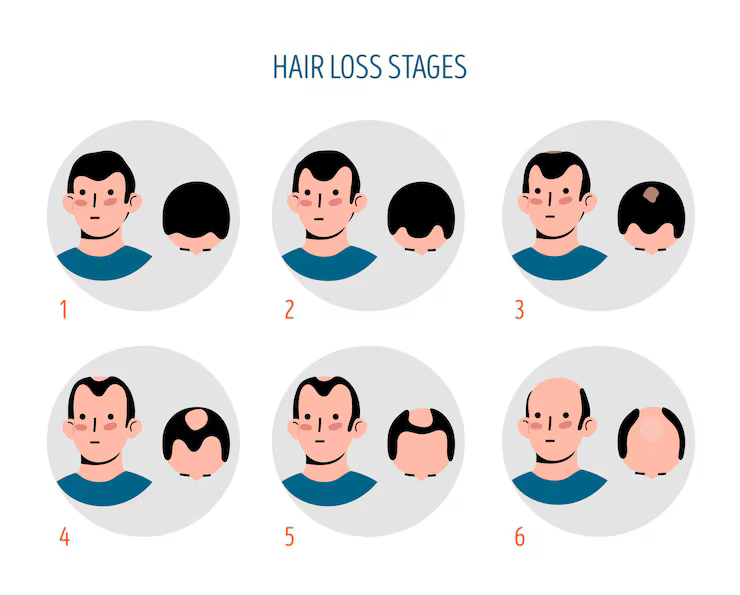
Phases of Male Pattern Baldness
- Stage 1: Slight thinning around the temples with no visible hair loss at the crown.
- Stage 2: Mild recession at the temples, while the crown remains unaffected.
- Stage 3: Significant recession of the hairline in an M, U, or V shape, often with initial signs of crown thinning.
- Stage 4: Increased hair loss at the temples and crown, while the mid-scalp maintains moderate hair density.
- Stage 5: Extensive hair loss at the crown and temples, accompanied by visible thinning across the mid-scalp.
- Stage 6: Hair loss at the crown and temples connects, resulting in only a thin band of hair remaining around the sides.
- Stage 7: Total hair loss on the crown, temples, and mid-scalp, with only a thin strip of hair remaining along the sides and back.
How can men spot signs of hair loss?
If you’re looking to recognize signs of hair loss, there are several symptoms to be aware of. Use this list to help identify any you might be experiencing:
- Thinning Hair – A noticeable reduction in hair thickness or volume can be an early sign of hair loss.
- Patchy Hair Loss – The appearance of bald spots may indicate alopecia areata.
- Loosening of Hair Follicles – Excessive hair shedding, such as finding hairs on your pillow or in the shower, may signal hair loss.
- Itchy or Painful Scalp – Persistent discomfort may indicate an autoimmune condition or a scalp infection.
If you’re experiencing any of these symptoms, book a free consultation with one of our expert doctors specializing in diagnosing and treating all types of hair loss in men.
Hair loss treatments
Several effective options are available for treating hair loss. Popular treatments include:
- Hair Transplant — A hair transplant remains the most effective method to restore hair after permanent loss.
- Finasteride — Finasteride is a widely effective medication for promoting hair regrowth in male pattern baldness.
- Minoxidil — Available as a topical solution or oral medication, Minoxidil is effective for treating various types of hair loss.
- Dutasteride — Dutasteride is a stronger alternative to Finasteride and can effectively combat male pattern baldness.
- Corticosteroids — Steroid creams are used to treat hair loss caused by alopecia areata.
- Low-level Laser Therapy (LLLT) — LLLT stimulates cellular activity in the scalp, promoting hair regrowth.
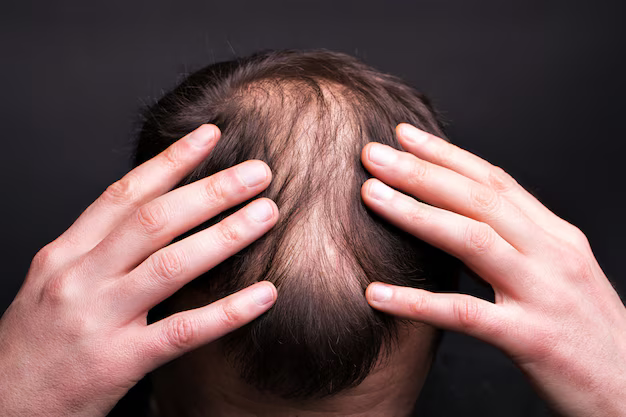
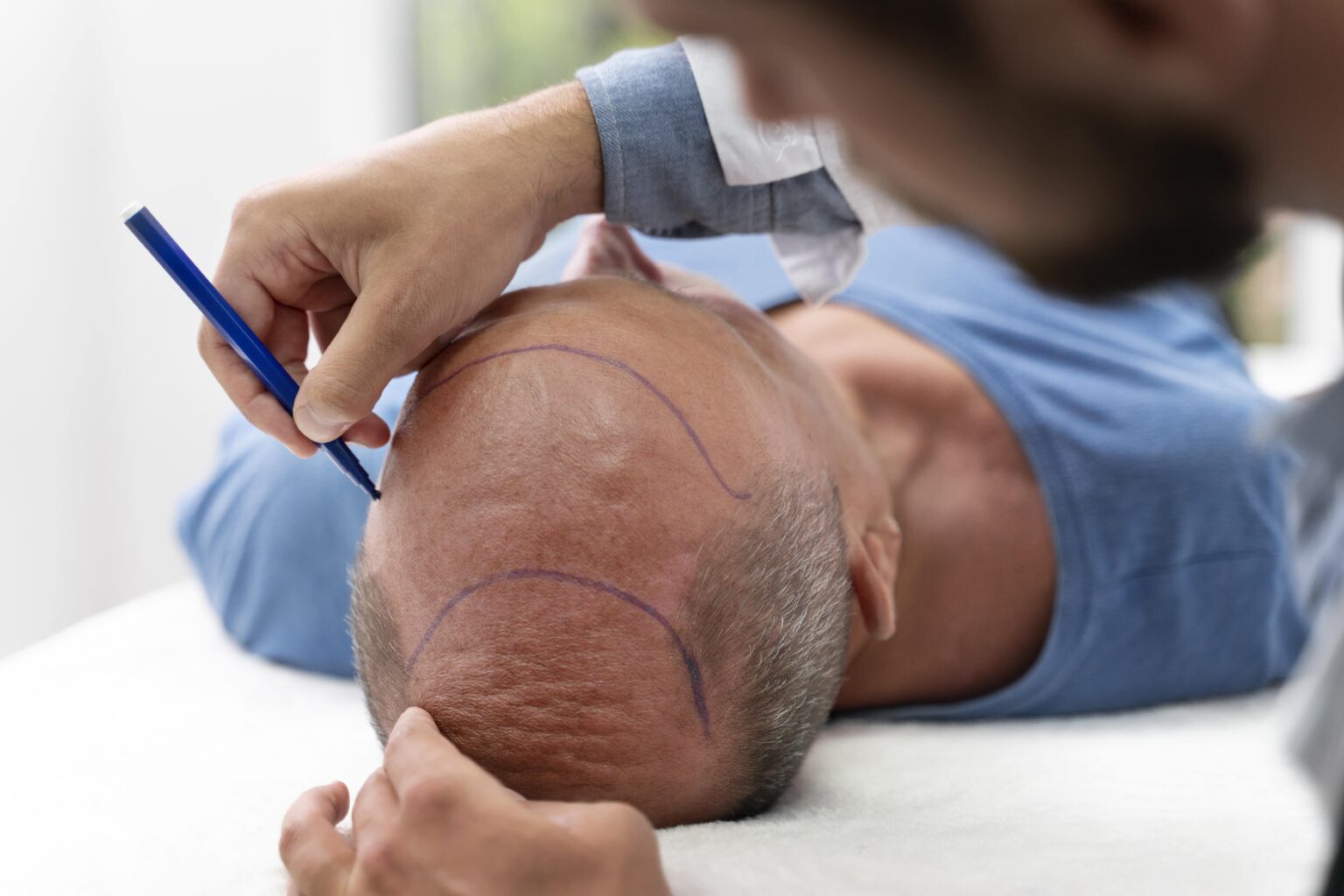
Hair loss prevention
Certain types of alopecia are temporary and preventable. For instance, if hair loss is related to poor nutrition, stress, or damaging styling habits, making lifestyle changes can help prevent further loss:
- Maintain a balanced diet
- Avoid heat styling, bleaching, and hair dyes
- Opt for loose, gentle hairstyles
- Limit smoking and excessive alcohol intake
- Practice stress and anxiety management techniques
- Consult your GP to rule out any underlying health conditions
What can men do to treat hair loss?
For long-term hair loss treatment, nothing compares to a hair transplant. Many patients come to us after trying other options such as chemical treatments or scalp micropigmentation.
At Dr Ditta Hair Transplants, we’re committed to providing effective hair loss solutions that are affordable for everyone. To support this, we offer flexible payment plans designed to help you regain your confidence and combat hair loss for good. Currently, we offer:
- FUE Hair Transplants
- Direct Hair Implantation (DHI)
What’s even better is that modern treatments offer more than just hair transplants. If you’re concerned about facial hair, Dr Ditta Hair Transplants also provides FUE treatment options for:
- Beard Transplants
- Eyebrow Transplants
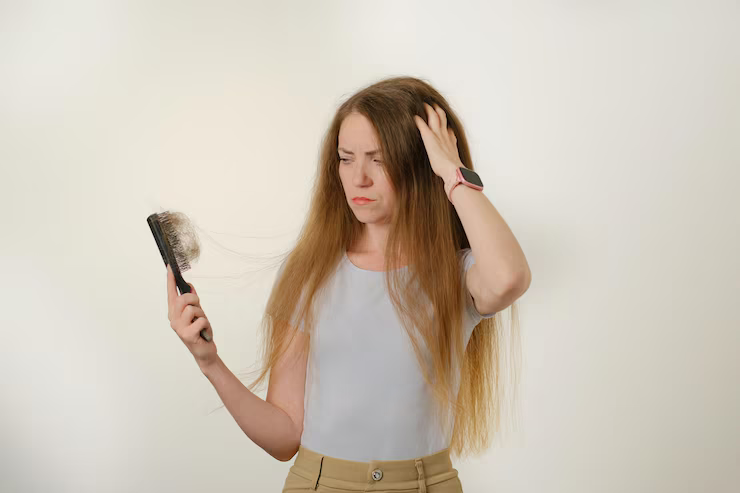
Finding the right hair loss treatment
With over 5+ years of experience, our team specializes in treating a wide range of hair loss conditions. Whether you’re seeking guidance on hair transplants or prefer to explore medical therapies first, our friendly experts offer free, impartial advice—either online via video consultation or in person at one of our clinic locations. We consider your unique hair loss journey to recommend the most effective, personalized treatment plan for you.
